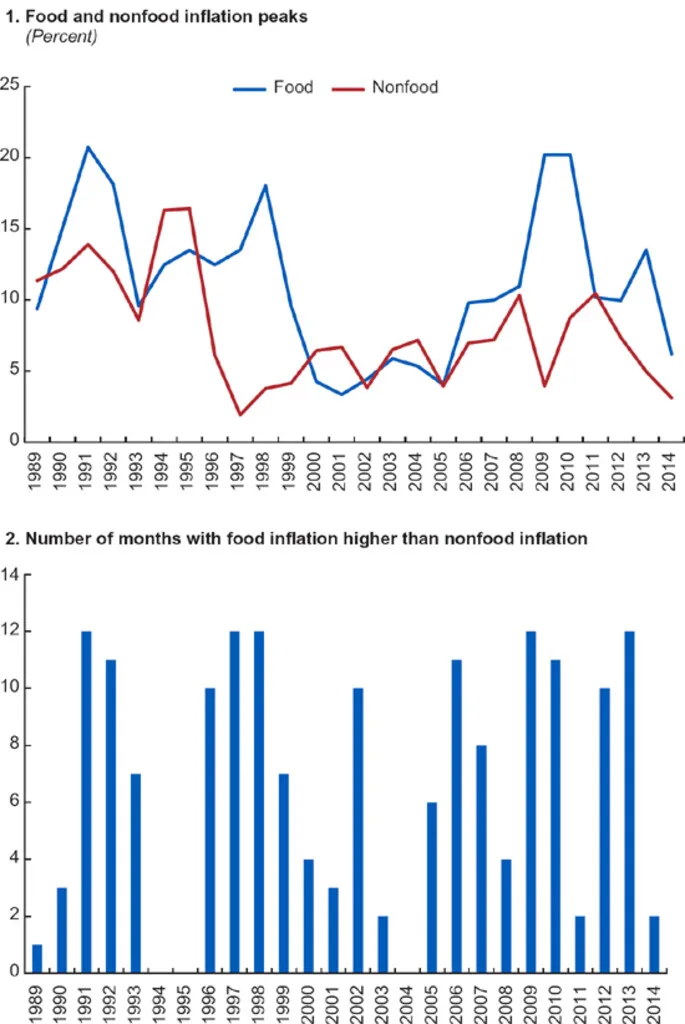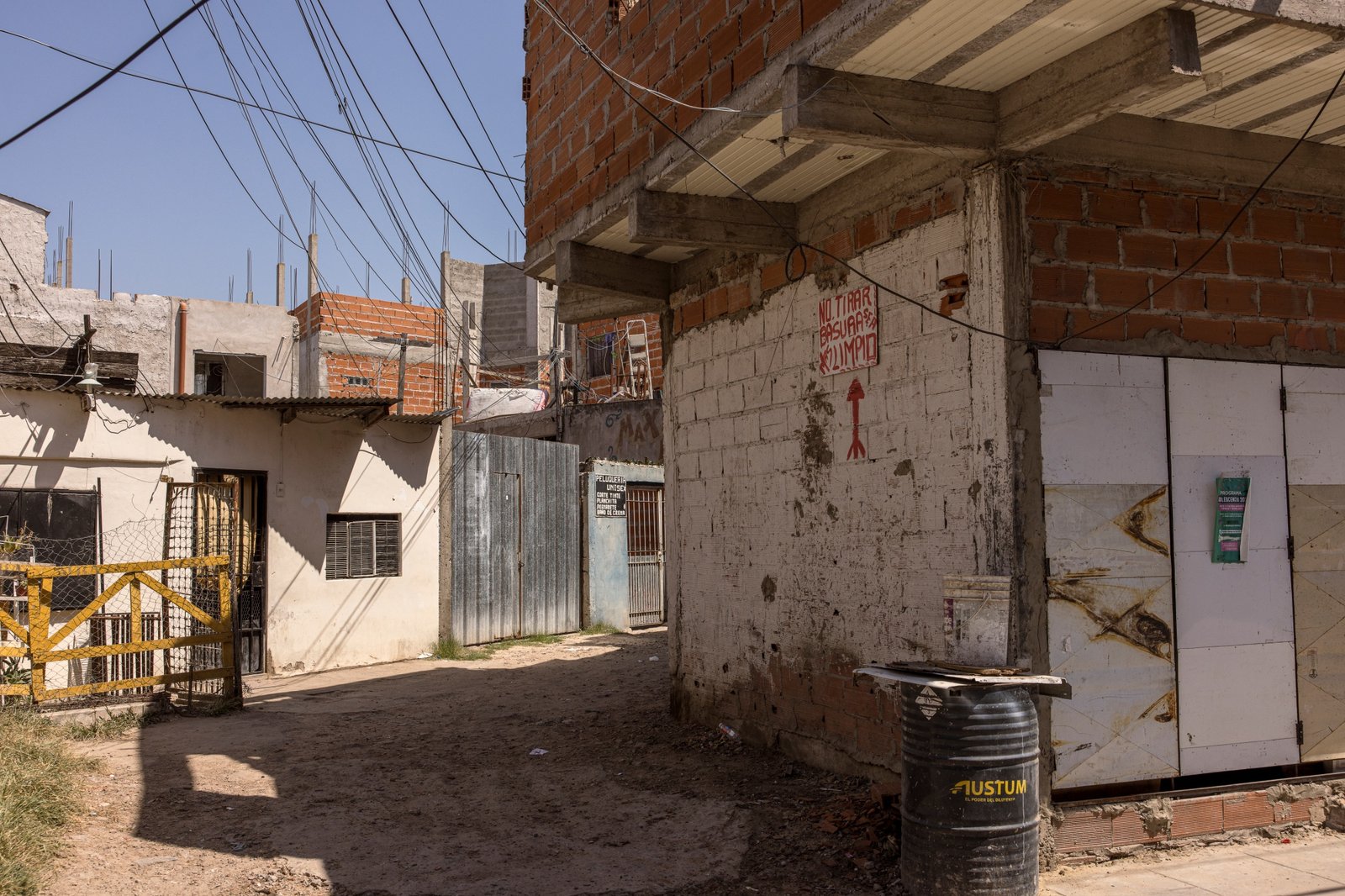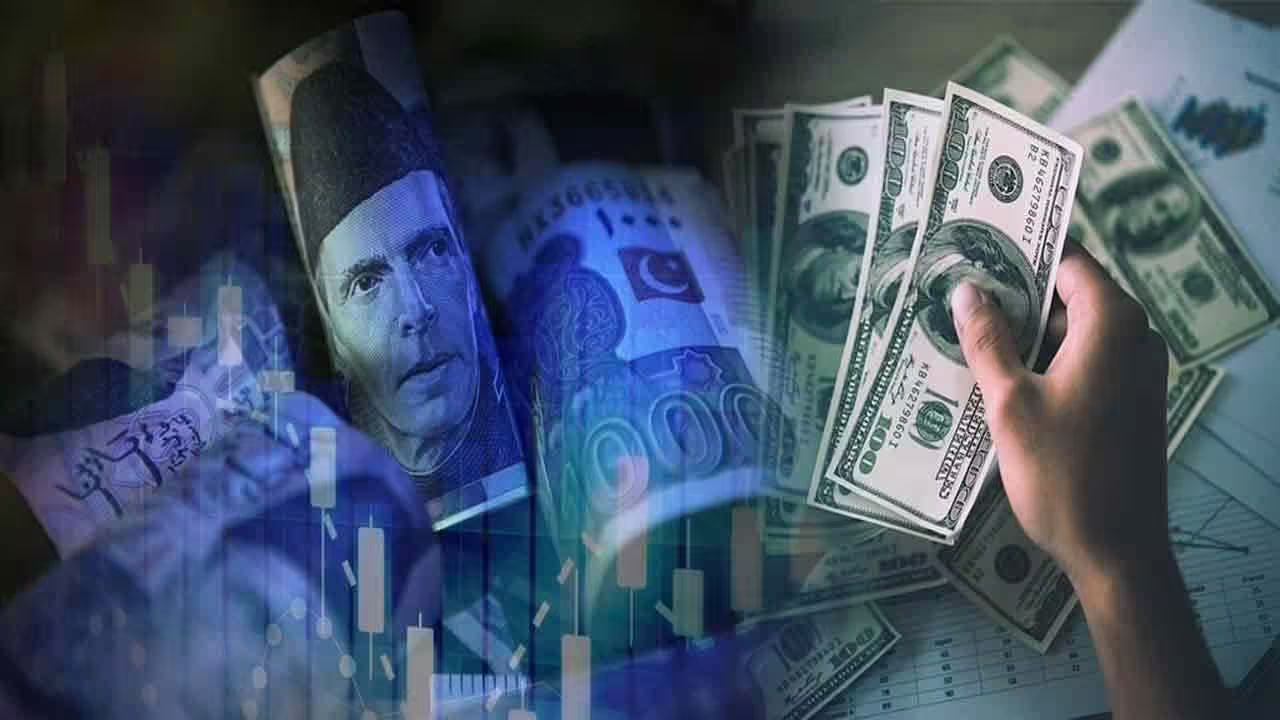Food inflation in India has been stubbornly high, hovering around 8% year-on-year since November 2023, driven primarily by supply-side factors such as adverse weather conditions impacting crop production. Despite early monsoon rains and forecasts of above-normal rainfall, there is little expectation for immediate relief from rising prices.
Drivers of High Food Inflation
- Adverse Weather Conditions:
- A drought last year and an ongoing heatwave have significantly reduced the supply of essential foods like pulses, vegetables, and cereals.
- High temperatures, soaring 4-9 degrees Celsius above normal in nearly half of the country, have spoiled harvested and stored vegetables and hindered the planting of new crops.
- Export Curbs and Import Tariffs:
- Measures such as curbs on food exports and reducing tariffs on imports have had minimal effect on easing prices.
- Seasonal vegetable supplies usually decline in summer, but this year’s reduction has been more pronounced.
- Disrupted Agricultural Cycles:
- Excessive heat and water scarcity have disrupted both seedling planting and replanting, exacerbating vegetable shortages.
- Farmers typically prepare seedlings before the June-September monsoon rains, but this process has been severely affected this year.
Impact of the Monsoon
- The monsoon arrived early in the southern tip of the country and advanced swiftly to Maharashtra but soon lost momentum, resulting in an 18% rainfall deficit so far this season.
- The weakened monsoon has delayed the planting of summer-sown crops, which depend on sufficient rainfall.
- Despite patchy rains in June, the weather office forecasts above-average rainfall for the rest of the monsoon season, which could improve conditions if consistent.
Outlook on Prices
- Vegetables: Prices are expected to fall from August onwards if the monsoon revives and covers the entire country as per the usual schedule. However, floods or prolonged dry spells could disrupt production cycles.
- Milk, Cereals, and Pulses: Prices are unlikely to decrease soon due to tight supplies. Wheat supplies are dwindling, and there are no plans to import grain, allowing prices to rise further. Rice prices may increase following the government’s recent hike in the minimum support price for paddy rice.
- Sugar: Prices are likely to remain high as next season’s production is expected to fall due to lower planting.
Potential Government Interventions
- The government has restricted exports and eased imports of commodities like sugar, rice, onions, and wheat to control prices. However, these measures have proved unpopular among farmers and affected the ruling Bharatiya Janata Party’s support in rural areas.
- With state elections approaching in Maharashtra and Haryana, the central government may allow some crop prices to rise instead of implementing aggressive measures to win back farmers’ support.
Government interventions can help mitigate some aspects of food inflation, but challenges persist, especially for highly perishable vegetables. The political landscape and upcoming elections may also influence the government’s approach to managing food prices in the short term.



